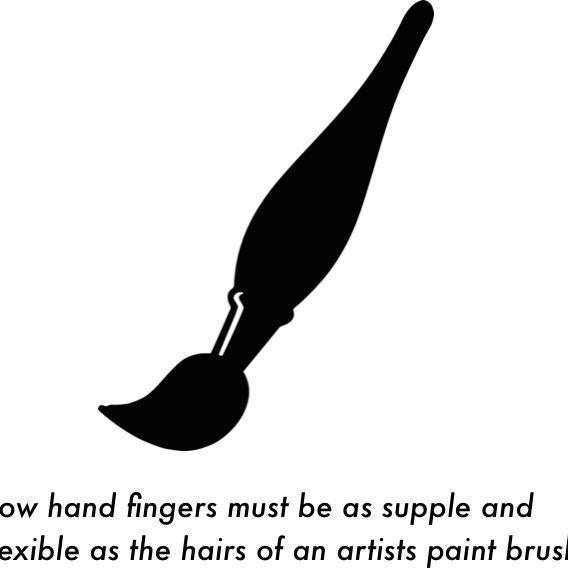
Bow Balance Vs. Bow Hold: Whats the Difference?
Share
by Rozanna Weinberger 
Bow Hold: Balance Essentials
Playing at the frog is probably one of the biggest challenges for the beginner. When asked to play whole bows, beginners tend to use only a part of the bow, or the middle third of the bow, not too close to the frog or the tip.
Many players get around this problem with a bow technique that favors primarily using the index finger as the point where pressure is applied. This ultimately creates a false sense of security. While it may be a partial solution, unless the player can fully explore and make use of the pinky and transfer of balance and weight in the fingers, there will always be a certain amount of awkwardness at the frog due to the limitations of the index finger as the primary point where pressure is applied. The vertical pressure of the index finger can also crush the tone of instrument causing a scratchy sound. But mastering the frog will also eventually lead to comfort playing chords with ease, which otherwise present a major challenge for players.
Mastering the tip and the frog require fine tuned awareness through trial & error coupled with distinguishing between gripping the bow & balancing the bow. We have discussed balance on many occasions as a paramount part of string technique if for no other reason that its a quintessential part of moving and refined movements. This is true with athletes, dancers and so on.
The idea that teachers like Karen Tuttle talked about, flew in the face of commonly held beliefs about bow hold, namely that it was a ‘hold’ or static position that should suffice for all parts of the bow. Tuttle demonstrated that cultivating balance of the bow would ultimately be the most natural and efficient way to play. It is in the refined skill of the bow stroke that the player strives to acquire, where the hand adjusts to the weight and feel of the stick from frog to middle to tip, that the hand learns to adjust to subtle changes in the hand itself. Tuttle often spoke about the feeling of an orange inside ones hand which also facilitated the fingers dangling from the hand. This openness in the hand also suggests the hand not collapse below the level of the fingers. The reason is the weight in the arm will be defused before it reaches the instrument if the wrist and hand fail to provide necessary support.
Indeed there are a some players deemed ‘natural’ who intuitively understand the difference between stiffly grabbing on for dear life and the more flexible approach of balance in the hand.
The idea of balance vs. grabbing the bow is a very important challenge for students to tackle. The bow hand and fingers are constantly reacting to the part of the bow being used and must be able to respond while maintaining control of bow stroke. This reaction is what makes real bow control possible. This may be more obvious for strokes such as spicato when fingers more clearly react to the back & forth of the bow. But when playing strokes like detache, legato the hand constantly responds to the bow.
Actually if the bow is truly balanced in the right hand, the pinky will feel the lions share of the weight at the frog while the index finger absorbs most of the weight at the tip. A simple study of taking a pencil in ones hand and causing tip to point upwards perpendicular to the floor by straightening pinky demonstrates the balance in the hand. Pointing tip in the opposite direction towards the floor, notice how the index finger leaning against the pencil will allow this to happen. Although the bow is heavier and more challenging to manage because of the weight, this teeter totter type movement can help one understand the components of balance and constant adjustments that the right hand is capable of making to accommodate bow stroke.
There are a number of things that need to be working together at the same time to play at the frog and staying on top of all these factors can be a bit overwhelming for the beginner. For the pinky to absorb the weight of the arm as one approaches the frog, the thumb needs to be working in tandem.
The following is a simple open string study. The idea is to play a quarter note at the frog, then travel to the tip of the bow where an up bow quarter note is then played. observe what happens between the index finger & pinky as the frog is approached. Likewise observe how the weight tends to lean on the index finger at the tip.

